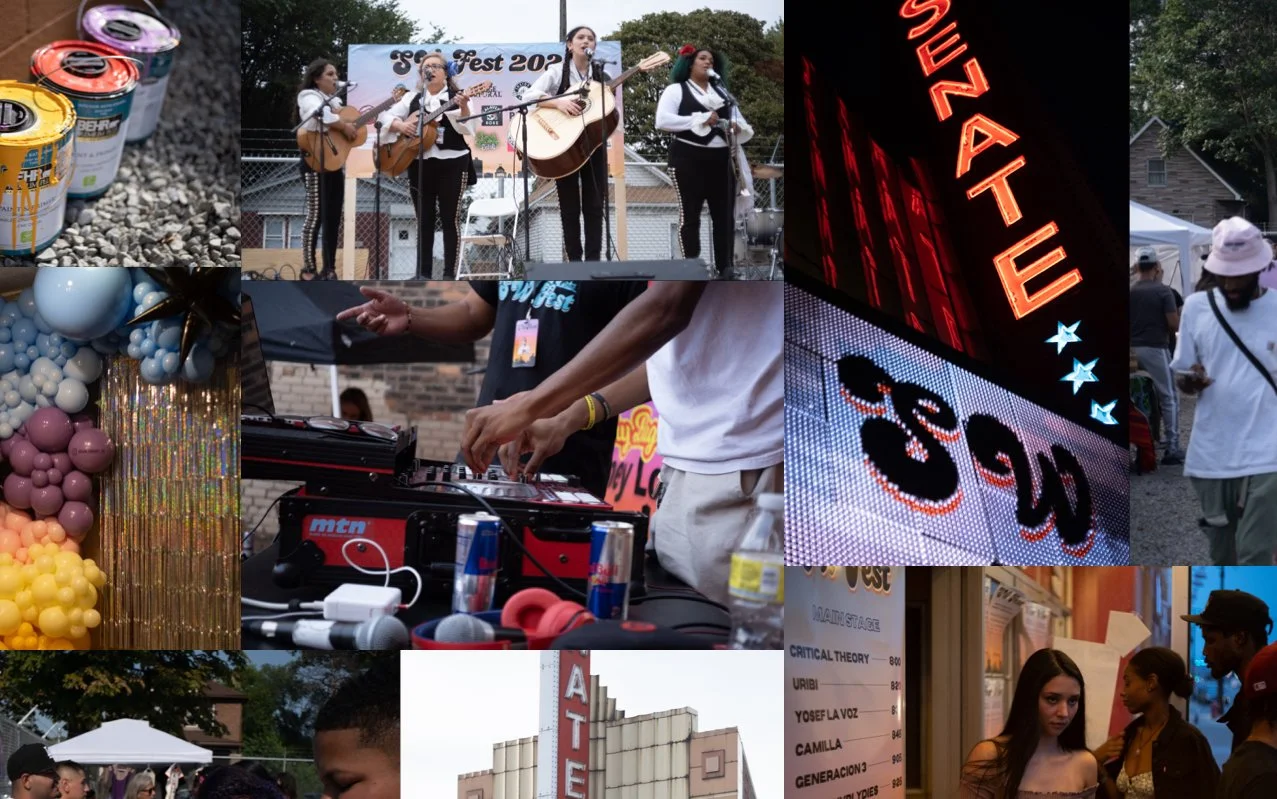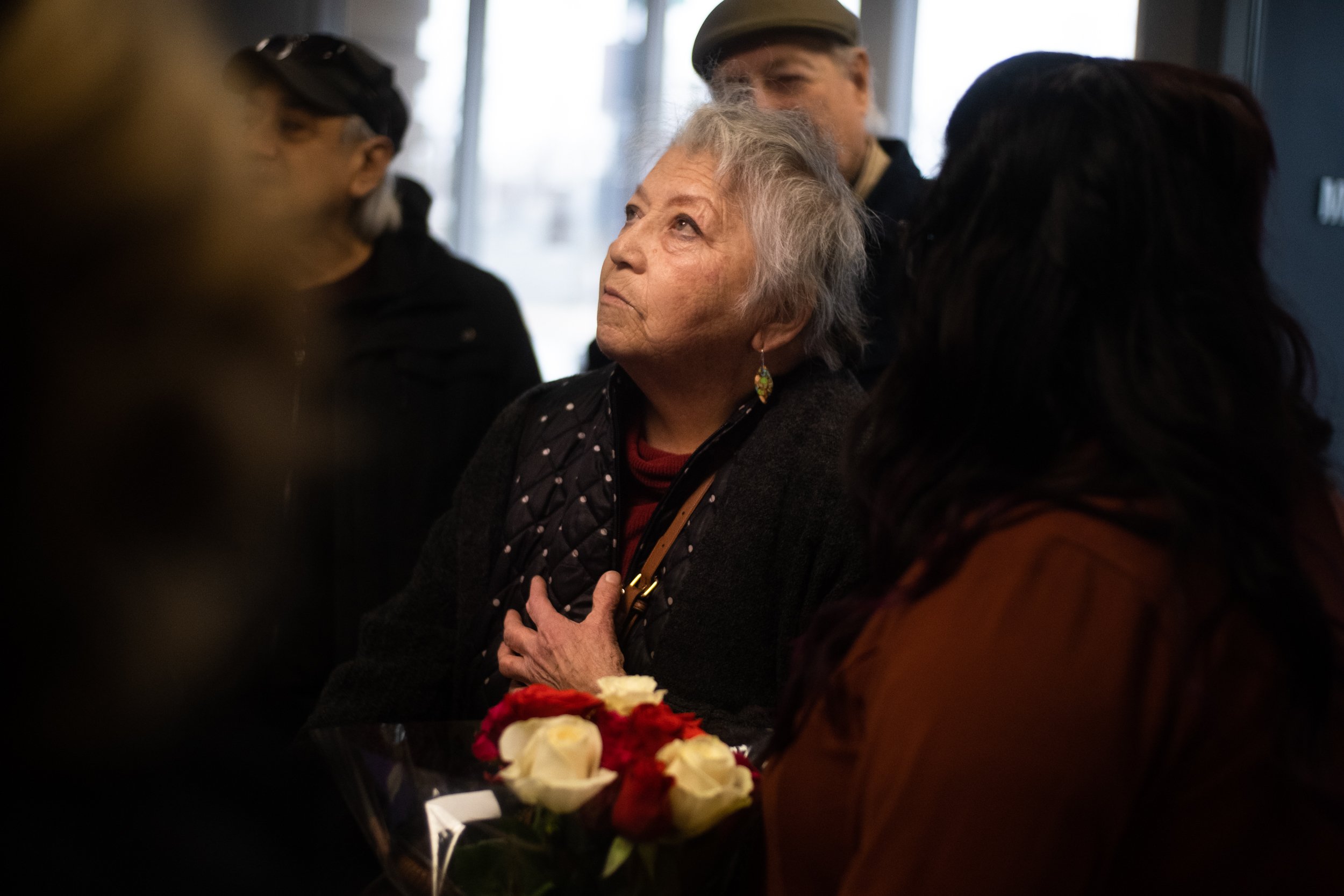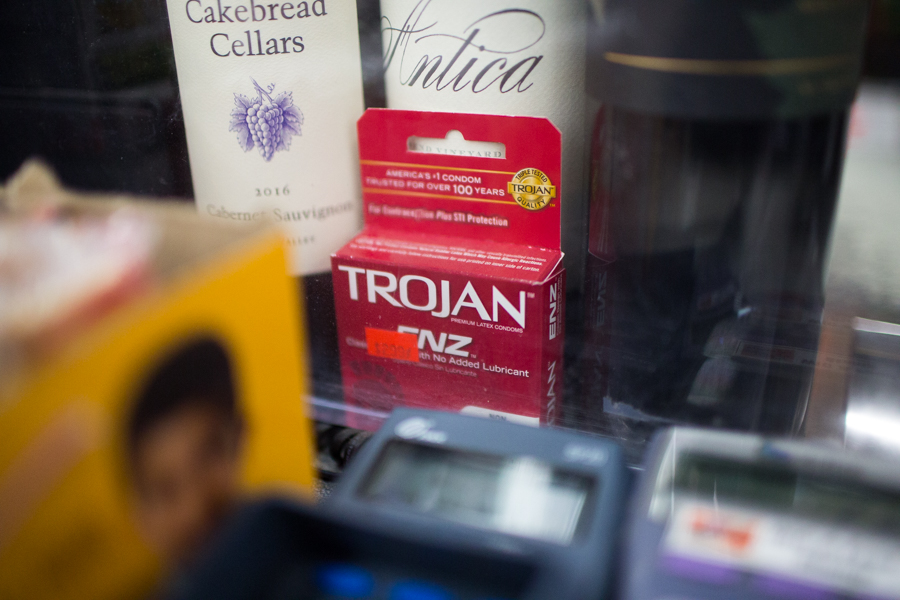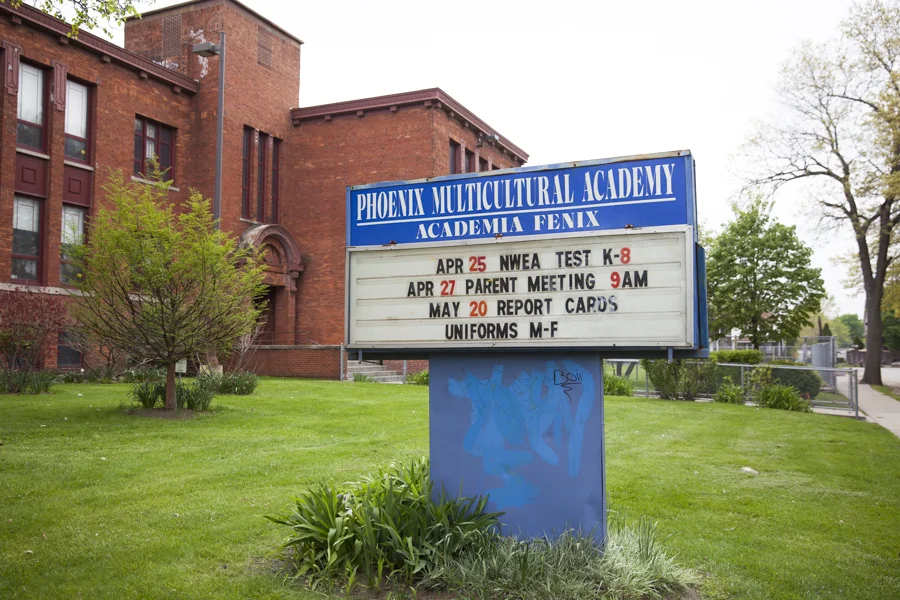Written by Paul Krystyniak and Erik Howard for Inside Southwest Detroit
Five Things That Help Increase Our Access To Safety And Sense Of Community:
Murders, drug dealing, home invasions, arson, dumping, and gang violence make for juicy headlines. Especially when these things happen in neighborhoods in Southwest Detroit. At times, they seem to be the only headlines (or conversation) people are interested in even when they are not the only ones available.
This article is not about the media and our problems with their reporting. That is a wholly separate issue. It is about the people who consume media (us), and what we do and don't do with the information. It's also about the information that we are not receiving and/or not passing along. It is important to be aware of what is happening around us. However, news about violent incidents regularly energizes only a few key populations: those that will respond with a new policy, an organized action, an emotional response, or idle gossip. Often responses come from activists, police, vigilantes, policy makers, victims, or outside spectators. These groups are either a very small group on the front lines of decision-making and community issues, or a larger non-involved group who value the news as entertainment. What about the rest of us? Where are we looking to get our information? What are we doing with the information we receive?
This article is a response to recent violence in the community for everyone who lives or has a stake in the community. It is for the "rest of us": the people whose collective actions inspire and impact the mood in the community. It is for people who live next door, who walk to school, who shop at the local grocery store, who are related to the victims and the perpetrators, people who don't want to leave their house, people who take the bus, people who play at the park, and people who were here when it happened and will still be here when things get worse and then better again. We believe that we (this group) are the extreme majority. We believe that we are not being equipped with a balanced account of what takes place in our community and what we can do to enjoy or change it. This may be, in part, our own fault. But at the end of the day we have power to shift the tide when we decide that is what needs to happen. That is why this article was written. It should start a dialog about how we see, how we feel, what we say, and what we do in our neighborhoods when bad news discourages us. Our aim is that that this dialog is not one-sided, so responses of all kinds are welcomed and encouraged.
Times like these in Southwest Detroit (or any community) are definitive moments. We have seen this before and we will see it again. When a community is in the midst of a string of violent incidents, it is a natural response to start talking and feeling differently about the community. Each incident and each conversation about recent events can be tipping points for the "mood" of the community. At minimum, we are deciding through conversations inside and outside of our homes and our community how to feel, act, and respond to violent incidents. This process is fragile and important in determining how a community will respond to its circumstances and resulting conditions.
What is happening? Why is it happening? Are we all unsafe? What is the problem? How do you address it? Who is helping? Who gets to tell us what is happening and why? These are all questions that have to be worked through by individual community members and the community as a whole.
There are some simple things that we can do to embrace the safety and sense of community that we do have access to today. Participating in the suggestions below as individuals increases our access to these and also is an exercise of support and promotion of them. Experiencing them together with others creates and strengthens relationships that we can tap in to improve the quality of our experience in our community tomorrow.
1. Share Time and Space
Enjoy some indoor time with family and friends in new ways. Look for opportunities to get together with others who live close to do things you normally don't do together. If you have a favorite television series or like to watch the games find who will be doing the same thing at the same time anyway. Do it together. Play time with the kids, chores/tasks around the house, and cooking are all better with company. And when the company lives close it is even easier.
Opening your home or other private space (porch, front or back yard, garage) to people you love and care about is an exercise in hospitality. And it often encourages others to do the same. This is an easy way to strengthen our bonds with people we trust and care for simply by spending time together. At the same time it helps to build community.
2. Put Your Eyes (And Feet) On The Street
Come outside!!Porches, parks, and sidewalks: populate them. This is something you can do with others from your house or with people down the street. It is something you can do casually or something that you can plan to do with a small group. If you decide to leave the porch and take to the sidewalk, then pick a destination. It makes it much easier to organize as you can have others meet you at the park or somewhere else enjoyable. It is fun, it is easy, and it increases our presence all over the community. It has been proven in communities across the globe that with increased presence of residents in a community comes a decrease in crime.
Having visible fathers walking around, increasing the presence of mothers and children, and in general having more residents out and about helps to create a wider impression of care and concern in the community. People mix, mingle, and get to know each other better. Make a point to smile, nod, and/or say hello casually to people who you see because it makes an impression. Additionally, while you're out on foot you learn to see your neighborhood in lots of new ways by simply putting your eyes and feet on the street instead of driving by at 25+ miles per hour where you miss what's going on at the street level. And it misses you.
3. Strike Up A Conversation
Think of a neighbor or someone in the neighborhood that is different than you (for example: age, opinions, race) and initiate a light conversation. In the process, you lighten the mood. Maybe this person is a neighbor, an employee at a business, or even the mail lady. Of course it should be someone with who you have low to no risk of confrontation. Chances are whatever differences you have are small in comparison to the current issues in the community.
Keep the conversation light. Or don't if you're up for a real challenge. But be ready to discover that you may have more in common concerning how you both feel about community than you knew. Additionally, a relationship can be formed in the process.
4. Recognize An Inspirational Individual
Identify someone in the community who inspires you or who you see as a leader. Tell them what you think of them. This could be a neighbor, a teacher, or even a business owner or anyone else. By communicating how they make you and other's feel you can encourage them and validate their efforts. And, if they are inspirational for you, don't they at least deserve that? Your comment could even motivate them to become more involved or come up with a creative solution to a problem in the community. This simple act can easily end up greatly benefiting the community. Recognition feels great! Pass it on.
5. Help Shape Your Community's Story
Be intentional to talk MORE about community issues, strengths, and assets with others who you know are engaged in the day-to-day struggles and will be involved to help overcome them. Be intentional to talk LESS about community issues with others who are not going to be involved in the problems or the solutions. This is where toxic dialogue begins.
At times it is even worse than crime itself when there is the perception that it is full of crime and unsafe. This makes people act differently in ways that further break down community. Often this perception is out of proportion to the actual risk and often the risk is more closely tied to the daily routine of those affected. The exceptions to this are much less common, and just that... exceptions. An inventory and simple plan to reduce high-risk routines or behaviors can reduce your risk of being victimized. This is true whether you are in an "unsafe" community or not.
Sensational talk about the neighborhood can be tempting because people are always ready to hear about how bad things are. With amazing speed this negative information sharing creates diminished opportunities, backlash, and bias toward a community. Stopping it prevents rumors and encourages strength-based perspectives. Spreading the word about community strengths, assets, and opportunities with neighbors and visitors is also contagious. We have a choice in what gets spread around. You can help to shape your community's story and as a result it can be a story with a much better chance for a happy ending.
The suggestions offered here are successful if they can help identify people, places, and activities where you experience safety and a sense of community and increase how completely and how often you can enjoy these feelings. Spend a week trying to do at least three of the five suggestions. Afterwards, please share with us some things you did to put these suggestions in to practice! We will be compiling a list of real stories and suggestions based on your feedback to encourage others to do the same and to show people that we're alive and well here in Southwest Detroit.



































